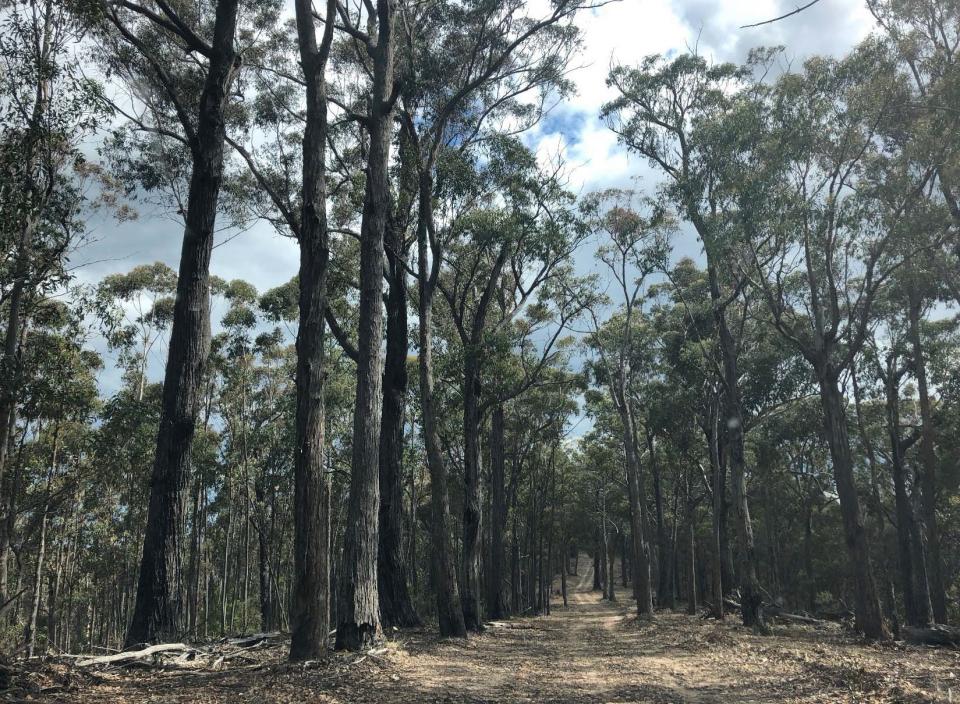
PUBLICATIONS
Published works

Detecting the effects of prescribed burning using generalised additive modelling
| Title | Detecting the effects of prescribed burning using generalised additive modelling |
| Publication Type | Report |
| Year of Publication | 2020 |
| Authors | Yu, M, Pepper, D, Bell, T, Possell, M |
| Document Number | 566 |
| Date Published | 05/2020 |
| Institution | Bushfire and Natural Hazards CRC |
| City | Melbourne |
| Report Number | 566 |
| Keywords | additive modelling, fire effects, Prescribed burning |
| Abstract | Data collected from 52 plots from sites in Victoria and New South Wales were used to test whether a simple modelling technique – a generalised additive model (GAM) – could be used in conjunction with satellite imagery to detect the effect of prescribed burning on the hydrological cycle. Evapotranspiration (ET) was selected as the strongest indicator of a change in forest hydrology given the direct effect of removal of vegetation with fuel reduction burning. Variables included in the ET GAM were site details (location, elevation, aspect, slope), soil properties (total carbon and nitrogen), climate (short-term and long- term rainfall, maximum and minimum daily temperature, solar radiation) and the enhanced vegetation index (EVI), a commonly used spectral product derived from satellite imagery. These variables were used to develop GAMs using sites in each state and combined together. Results from this modelling suggested a change in ET due to prescribed burning was more obvious for sites in Victoria than in NSW. Vegetation (EVI) and climatic variables (solar radiation, df5 and df95) were the best predictors for changes in ET due to prescribed burning activities. Soil (C:N) and terrain variables (slope, aspect, elevation) were not important factors for detecting change in ET. Limitations due to temporal and spatial differences in sampling unburnt and burnt plots and future potential for this method are discussed. |
| Refereed Designation | Non-Refereed |
Published Works


